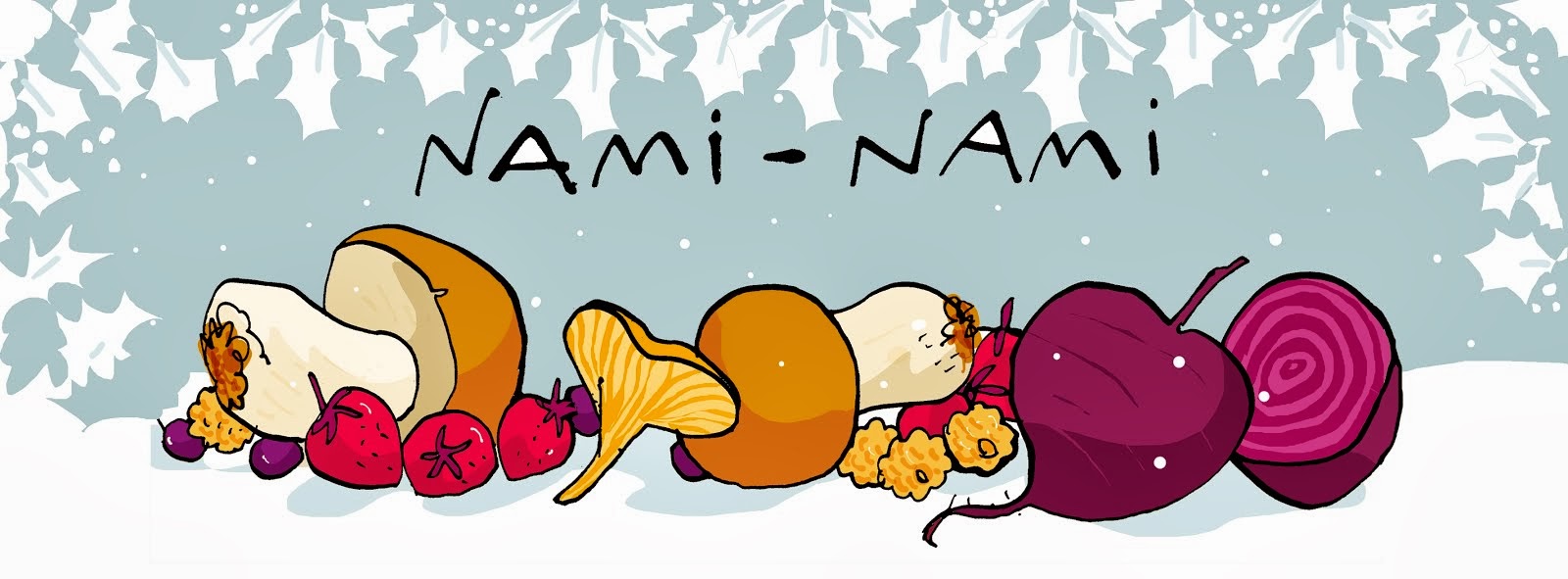Panna cotta is a dessert that I actually make quite often, even if I've only blogged about it once (Vanilla panna cotta with roasted rhubarb, back in June 2008). It's a good classic Italian dessert that can be served with a number of various toppings and seasoned to your liking.
Here's a rather non-Italian version that is imminently suitable for the festive season. It has a hint of spice in the form of cardamom, and it's much lighter, as some of the cream has been substituted with kefir. Sea-buckthorn berries are one of the new superfoods, and hugely popular and easily available in Estonia. A word of warning - if you taste the panna cotta mixture before you let it set, it may feel too heavy on cardamom. Don't panic, however - the sweet and sour apricot and sea-buckthorn sauce will nicely balance it out.
I like my panna cotta to be on the wobbly side, as they're supposed to be, and I often serve them in a nice glass. If you want a firmer dessert that will hold its shape even after you've turned it onto a plate, you can use some more gelatine.
Cardamom panna cotta with apricot and sea-buckthorn sauce
(Kardemonine kooretarretis aprikoosi-astelpajulisandiga)
Adapted from the Swedish COOP-website
Serves 4
3 gelatine leaves
200 ml whipping cream
2 Tbsp caster sugar
1 tsp ground cardamom
200 ml kefir
Topping:
100 ml (7 Tbsp) smooth apricot jam
100 ml (7 Tbsp) sea-buckthorn berries
Seak the gelatine leaves in cold water for 5 minutes.
Season the cream with ground cardamom, then slowly bring into a boil in a small saucepan. Cook for a few minutes, then remove from the heat and pour in the kefir. Give it a stir.
Squeeze the soaked gelatine leaves to remove excess water, then stir and melt into the cream and kefir mixture, one at a time.
Pour the mixture into individual glasses or ramekins and place into a fridge to set for at least 5 hours.
Before serving, heat the apricot jam gently in a small saucepan. Fold in the sea-buckthorn berries, heat through. Cool a little, then spoon some on top of each panna cotta.






